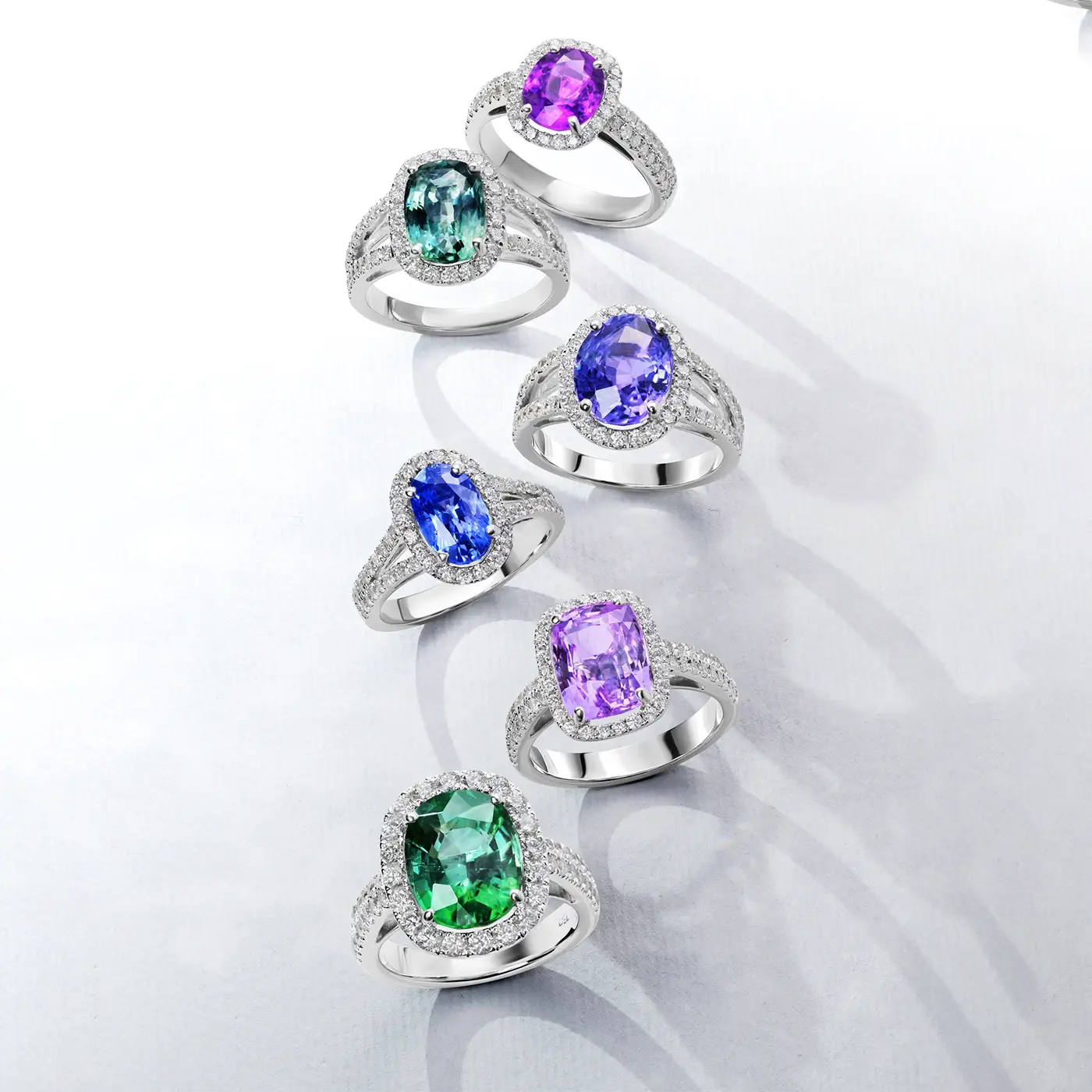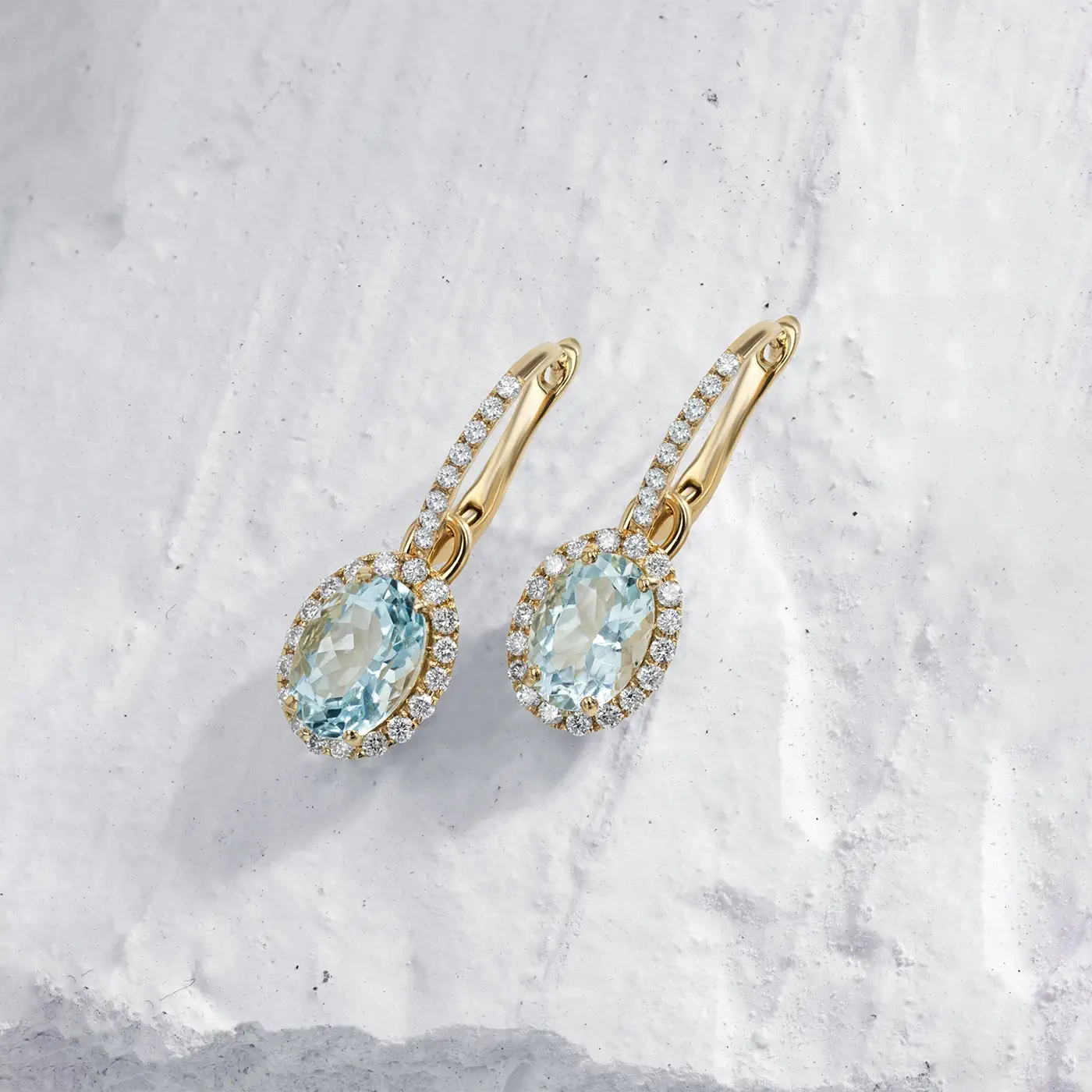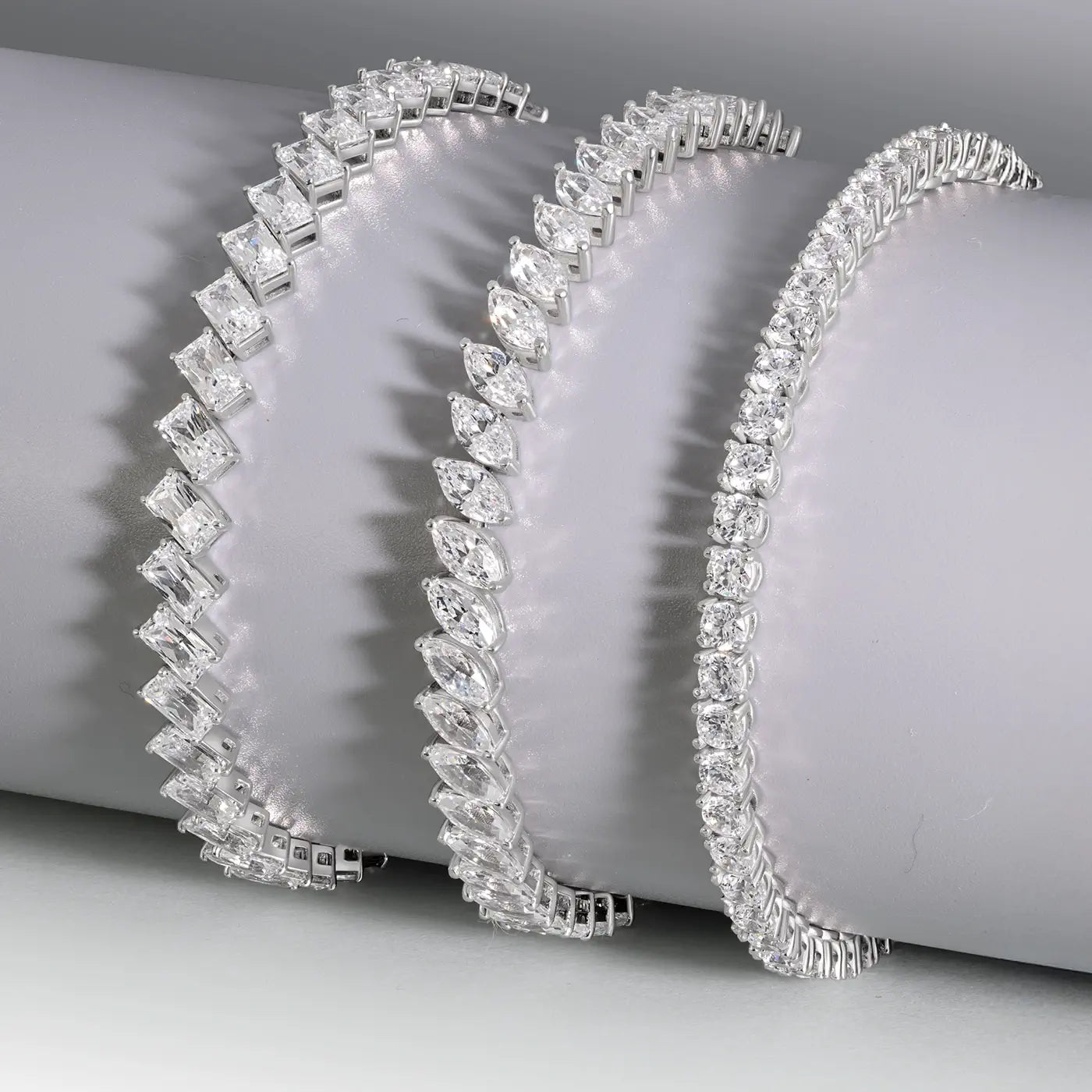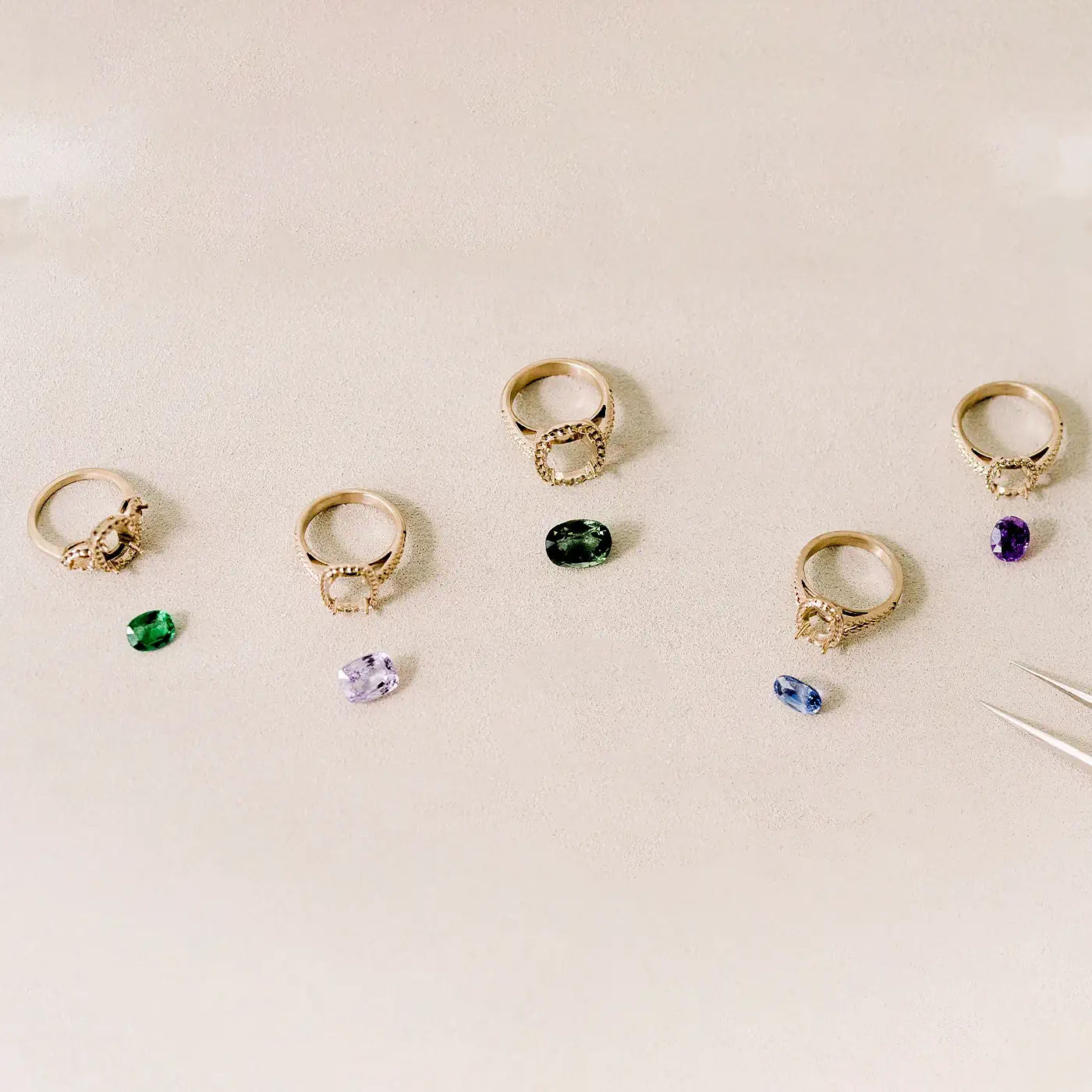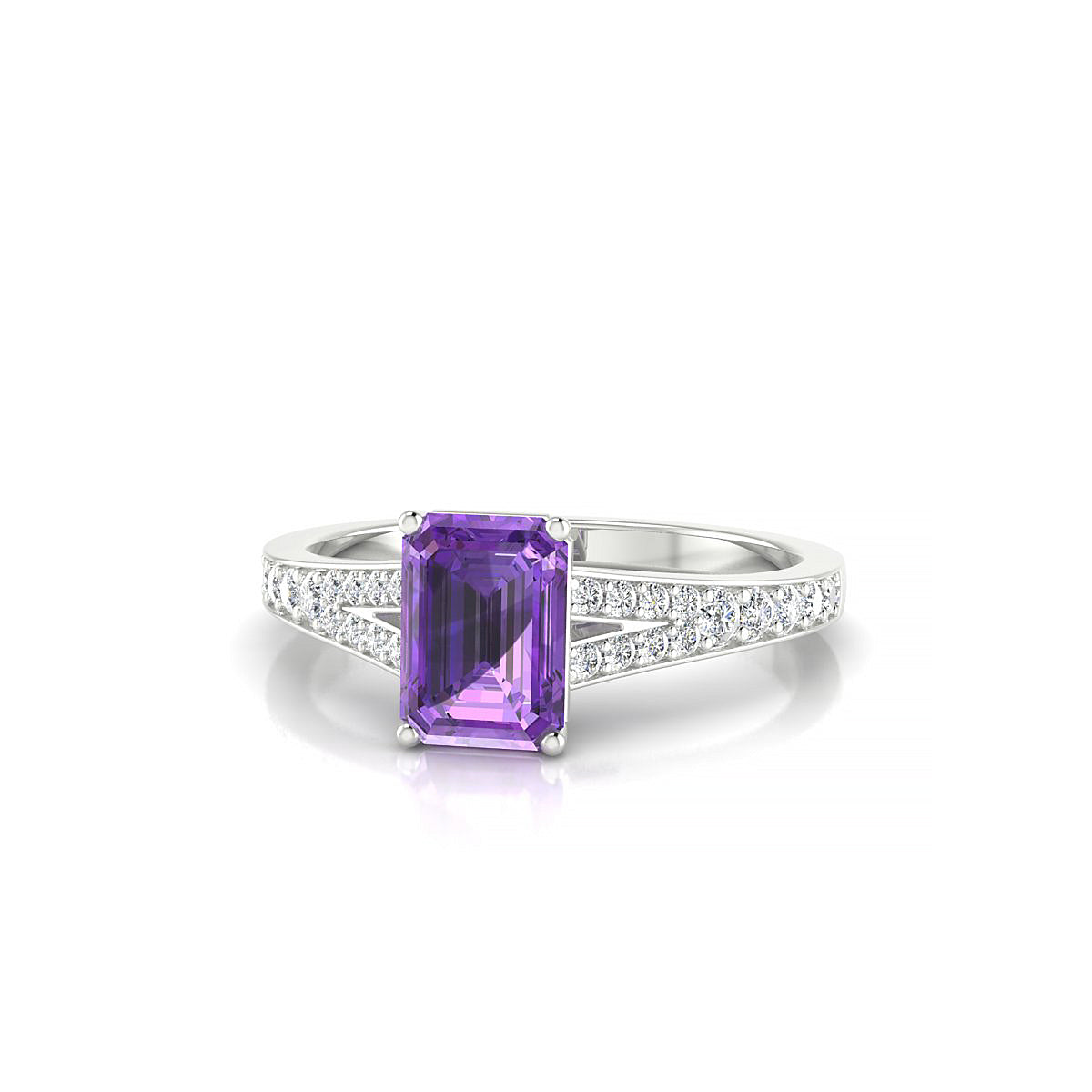ENCYCLOPEDIA
Amethyst Full Guide

Amethyst, from the Greek amethystos meaning “not intoxicated,” is a vibrant purple member of the quartz family. Ranging from soft lavender to deep violet, amethyst has been treasured since ancient times for its calming properties and spiritual symbolism. Known as a stone of clarity, protection, and peace, it is often worn to encourage emotional balance and mindfulness. Amethyst is the birthstone for February and marks the 6th and 48th wedding anniversaries.It shares its mineral family with Citrine, another popular variety of quartz known for its golden tones and uplifting energy.
Characteristics of the Amethyst
Etymology: The name is derived from the Greek word amethystos, meaning "not drunk," as it was believed to protect against intoxication.
Family: Quartz
Chemical Composition: Silicon Dioxide
Hardness: 7 on the Mohs scale
Density: 2.65 – 2.67
Optical Properties: Pleochroism, showing different colors depending on the angle
Refractive Index: 1.544 to 1.553
Birefringence: 0.009
Crystal System: Hexagonal

The origin of Amethysts
Amethysts are found in various locations around the world, with significant deposits in several key regions.
Here are the primary sources of amethysts:
- Brazil
- Uruguay
- Zambia
- Madagascar
Carat
The carat is the standard unit of measurement for the weight of gemstones. One carat is equal 0.2 gram.
It should not be mistaken with karat, which is the standard indicator for the purity of gold.
As Amethysts have a lower density among gemstones, the amethysts will be generally larger. As such, they are a popular choice for larger jewelry pieces.
The color of the Amethyst
The amethyst is celebrated for its range of purple hues, which can vary from light lavender to deep violet. The color is primarily due to the presence of iron and other trace elements in its chemical composition.
As such, the origin of the amethyst has a direct influence on the color of the stone. Amethysts from the Minas Gerais region of Brazil or Uruguay will display deeper darker purple tones compared to the vibrant amethysts of Zambia for example.
Discover our Guide on the Colors of Gemstones.




The clarity of Amethysts
Amethysts are known to have little to no visible inclusions to the naked eye, which allows for the light to interact nicely with the stone.
However, they can still contain feathers or gas bubbles from time to time.
Cut & Shapes
Despite being softer than Emeralds, the lack of inclusions in amethysts allows for lapidaries to cut the rough material into whichever shape will give the best result. As such, the amethysts can be found in wide array of shapes like oval, round, pear, emerald and many more.

Pear Shape Amethyst

Oval Shape Amethyst

Round Shape Amethyst

Princess Shape Amethyst

Emerald Cut Amethyst

Cushion Shape Amethyst
Birthstone & Wedding Anniversary
The amethyst is the birthstone of the month of February.
It is also used to celebrate the 47th wedding anniversary in France and the 6th anniversary in the United States.
Discover our Birthstone Full Guide.
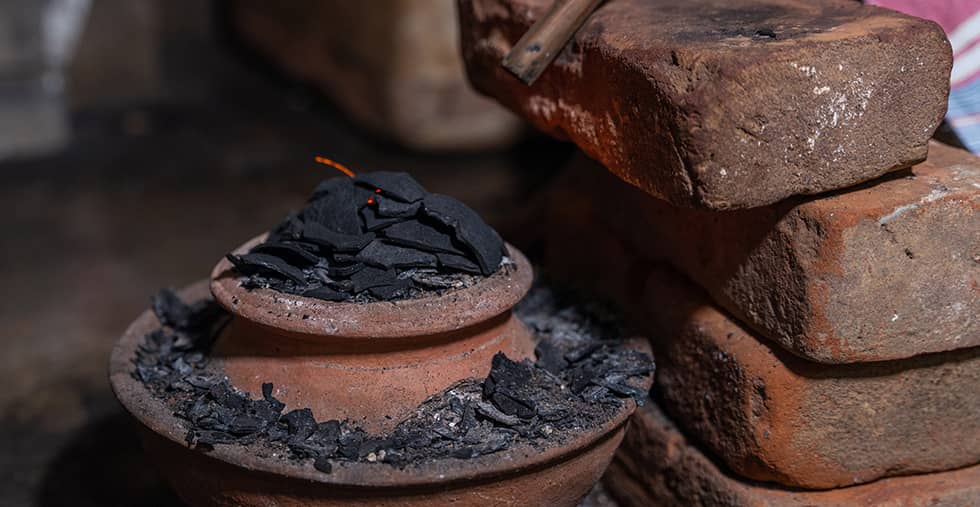
Treatment
Amethysts can often go through a controlled heating treatment. It will often lighten the color of the stone, as well as reduce the appearance of inclusions, thus enhancing the clarity which is already high.
However, amethysts are often going through heat treatment to create citrines. This procedure can be used to create ametrines.

